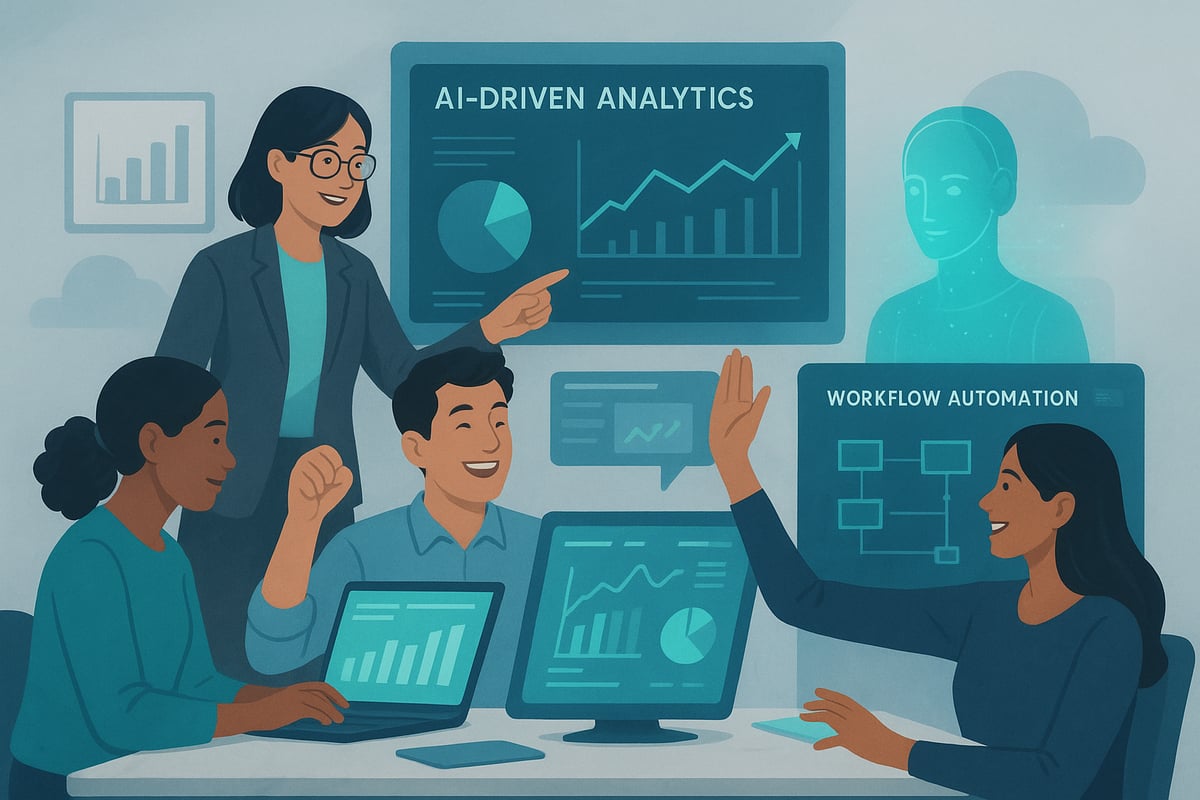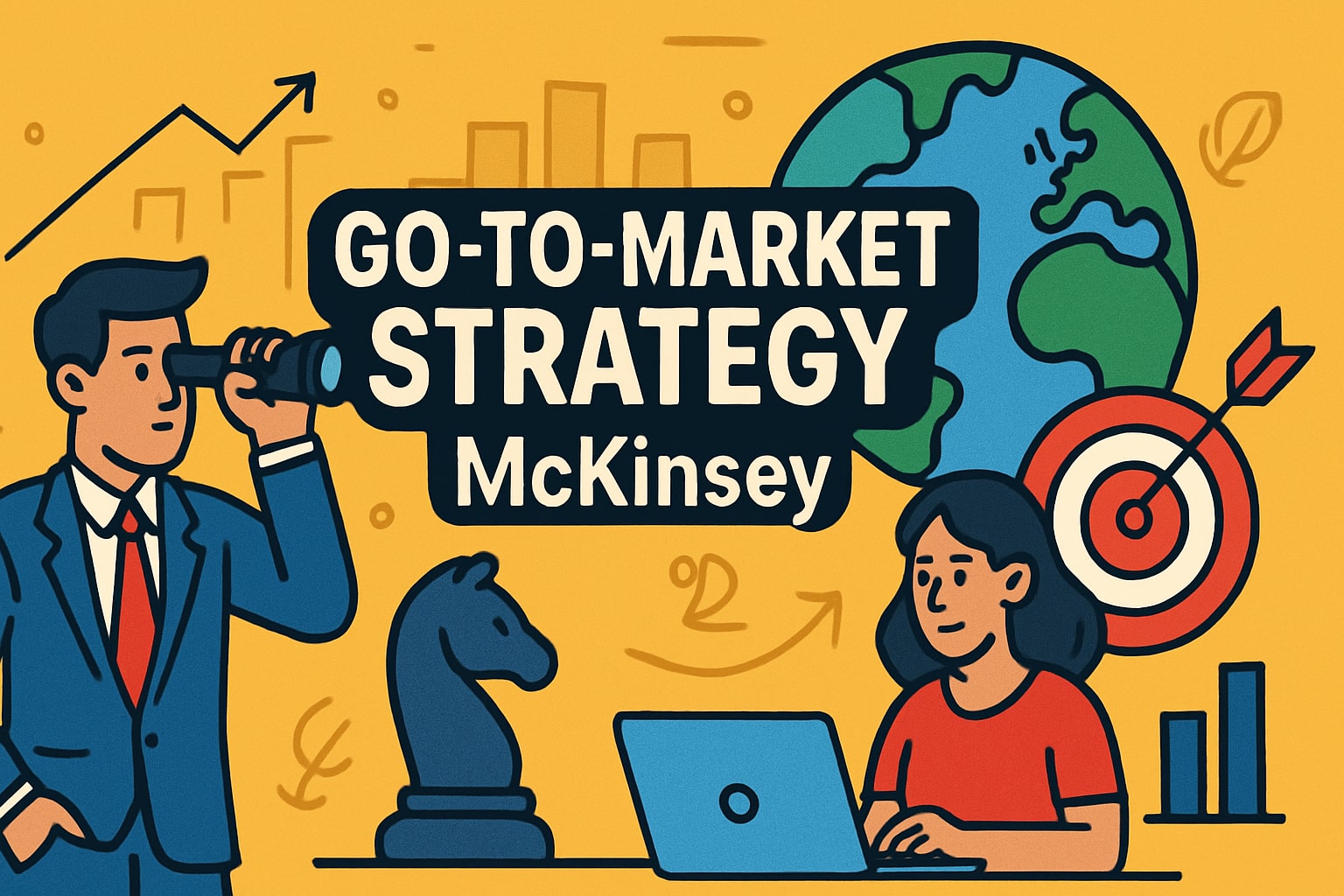Growth Team Guide: Strategies for Success in 2025


In 2025, the growth team stands at the center of B2B SaaS transformation, driving results that were once unimaginable. The landscape is shifting quickly, with Agentic AI revolutionizing how companies experiment, automate, and scale. Modern growth teams are no longer siloed, but act as the glue uniting product, marketing, and sales for real go-to-market impact.
This guide reveals the strategies, team structures, and cutting-edge tools needed to build a high-impact, data-driven growth team. You’ll discover how to define and structure your team, implement actionable growth strategies, leverage the power of AI, and learn from real-world examples that deliver measurable revenue gains.
The Modern Growth Team: Definition and Core Principles
In 2025, the growth team stands at the heart of B2B SaaS innovation, driving unified execution across product, marketing, and sales. Unlike traditional teams, a growth team operates as a cross-functional powerhouse, breaking down silos to foster collaboration and shared ownership of outcomes. Their DNA is built on data-driven decision making, rapid experimentation, and continuous learning. Competitors like Facebook and LinkedIn pioneered this model, focusing on outcome-based roadmaps and OKRs instead of isolated departmental goals.
The core mission of a growth team is clear: accelerate pipeline, grow ARR, retain customers, and expand markets. Teams at Airbnb and other SaaS leaders have achieved measurable results by aligning objectives and using shared dashboards. Embracing Agentic AI, these teams automate lead scoring, personalize onboarding, and optimize every GTM touchpoint. For deeper insights on how to structure and align your team for GTM success, explore Structuring a go-to-market team. Ultimately, a growth team’s real advantage comes from unified strategy, robust data infrastructure, and a relentless focus on business impact.

Structuring Growth Teams for Maximum Impact
Building a high-performing growth team starts with the right structure, tailored to your company’s stage and strategic goals. Let’s break down the models, roles, and best practices that drive measurable results in 2025.

Key Growth Team Models and When to Use Them
Choosing the right growth team model can make or break your go-to-market execution. The three leading models are:
- Independent: A standalone unit, best for large, mature SaaS organizations with complex products.
- Embedded: Team members placed within product, marketing, or sales, ideal for early-stage startups needing agility.
- Hybrid: Combines both, supporting scale-ups balancing speed with specialization.
According to Product School, hybrid structures are now adopted by 43% of SaaS companies, reflecting a shift as businesses grow. Each model suits different needs, with transition points often triggered by ARR milestones or expanding product lines.
Essential Roles and Skillsets for 2025
A future-ready growth team includes:
- Growth Product Manager: Orchestrates experiments and cross-team alignment.
- Growth Engineer: Builds rapid prototypes and leverages Agentic AI automation.
- Growth Designer: Crafts user journeys for activation and retention.
- Data Analyst: Translates insights into action.
- Growth Marketing Manager: Drives acquisition and pipeline acceleration.
Technical fluency, especially in AI, is now a must-have. As the growth team scales, leaders must weigh hiring specialists versus adaptable generalists to ensure innovation and speed.
Building a Unified Growth Function
True impact happens when product, marketing, and sales unite under a shared growth team vision. This unified approach uses common KPIs like pipeline velocity and activation rates, supported by real-time dashboards.
For example, SaaS leaders who aligned functions saw a 2x faster go-to-market launch. For deeper insights on unifying your product and marketing strategy, check out product marketing strategy essentials. By eliminating silos, your growth team can drive measurable outcomes and outpace the competition.
Actionable Growth Strategies for B2B SaaS in 2025
B2B SaaS companies in 2025 face a new era of competition, where the right growth team can be the difference between stagnant revenue and market leadership. High-performing teams prioritize data, experimentation, and AI-driven automation to drive measurable results.

Data-Driven Experimentation and Rapid Iteration
The foundation of every modern growth team is a relentless focus on experimentation. Teams use frameworks like A/B testing, cohort analysis, and MVP launches to validate ideas quickly. According to Product School, companies running frequent experiments see up to 30 percent higher retention.
- Launch micro-experiments to test onboarding flows.
- Analyze cohorts to identify sticky product features.
- Prioritize experiments that impact activation rates or ARR.
For more on real-world tactics, explore SaaS growth strategies and trends. Every experiment creates a feedback loop, helping the growth team focus resources where they matter most.
AI and Agentic Automation in Growth Operations
Agentic AI is transforming how a growth team operates. Automated lead scoring, personalized onboarding, and dynamic pricing are now standard. Imagine an AI agent that adapts onboarding flows in real-time, boosting conversion rates and reducing churn.
- Automate repetitive sales workflows for faster GTM execution.
- Use AI to personalize product recommendations at scale.
- Enable data analysts to build predictive churn models.
Recent reports show 60 percent of SaaS companies deploy AI-driven automation in their GTM functions. Growth team members must develop AI fluency to maximize these tools.
GTM Alignment: From Product-Market Fit to Scalable Revenue
A unified growth team bridges product, marketing, and sales. They operationalize GTM strategy by aligning messaging, playbooks, and enablement resources.
- Collaborate on market positioning and value propositions.
- Share dashboards tracking pipeline, ARR, and customer activation.
- Build feedback loops between customer insights and product roadmaps.
This alignment accelerates product-market fit and repeatable revenue streams. When every growth team member shares KPIs and a common mission, business outcomes follow.
Overcoming Common Challenges in Growth Team Execution
Building a high-performing growth team in B2B SaaS is never straightforward. Teams often face a range of obstacles that can stall even the most promising strategies, especially as companies scale and markets shift.
Common hurdles for any growth team include:
- Internal resistance to new processes or AI-driven workflows
- Misaligned incentives between product, marketing, and sales
- Unclear ownership of key metrics or experiments
- Cultural barriers from legacy silos or rapid hiring
Securing executive buy-in is critical. Growth leaders must articulate the value of unified OKRs and tie them directly to revenue outcomes. When the growth team aligns around shared KPIs, progress becomes visible and wins are easier to celebrate.
Turf wars can slow momentum. Teams that break down silos and foster collaboration move faster. Pinterest, for example, saw measurable onboarding improvements by uniting product, design, and data under a single growth team vision. Setting realistic timelines and compounding small wins can build confidence and drive lasting change.
As AI and Agentic Automation reshape the SaaS landscape, upskilling becomes vital. Teams that invest in learning and adapt to new Agentic AI in B2B SaaS Growth tools gain a measurable edge. Continuous learning ensures the growth team stays ahead of market shifts and delivers real results.

Real-World Examples: High-Performing Growth Teams in Action
What sets a high-performance growth team apart in B2B SaaS? Real-world stories reveal how data, AI, and unified execution fuel measurable results. Let’s explore how industry leaders build and scale growth teams that drive revenue, retention, and rapid market expansion.
Case Studies in Action
- Facebook: Their independent growth team pioneered rapid experimentation. By aligning product, marketing, and engineering, they achieved breakthrough activation rates. Dedicated data analysts enabled 25% faster experiment cycles, according to Product School.
- Grubhub: Grubhub’s growth team used data-driven retention strategies powered by Agentic AI. Automated lead scoring and personalized onboarding boosted conversion, while close collaboration with sales accelerated pipeline growth. For more on these tactics, see B2B SaaS lead generation strategies.
- Pinterest: Facing onboarding friction, Pinterest’s growth team redesigned flows using cohort analysis and AI-driven personalization. The result was higher activation and reduced churn, setting a new bar for GTM execution.
These examples highlight the impact of integrated growth teams on ARR and market positioning.
Lessons Learned for B2B SaaS Leaders
What can today’s SaaS leaders learn from these growth team pioneers?
- Cross-functional alignment ensures feedback flows between product, marketing, and sales.
- Robust data infrastructure supports rapid testing and iteration.
- Agentic AI integration drives measurable outcomes in conversion and retention.
- Overcoming silos and redesigning onboarding, as Pinterest did, unlocks compounding wins.
- Actionable Takeaways:
- Invest in data analysts for faster experiment cycles.
- Break down internal barriers to enable unified growth team execution.
- Embrace AI automation for scalable GTM success.
Each growth team story proves that collaboration, data, and continuous learning are essential for B2B SaaS success in 2025.
As you think about shaping your own growth team for 2025, remember that every success story starts with a first step—often, it’s a conversation. I’ve seen founders and GTM leaders face the same crossroads: Do I keep building in isolation, or do I get a fresh perspective from someone who’s been down this road? We’ve helped teams unify their vision, bridge those product marketing sales gaps, and turn scattered efforts into a single, powerful engine for growth. If you’re ready to explore how to bring your strategy to life and unlock that next level of impact, let’s connect. Book Your Personal Intro Call

Latest From
The Blog
Go To Market Strategy Consulting Guide For 2025 Success

Go To Market Strategy McKinsey Guide For Success 2025

Crossing the Enterprise Chasm: A Practical Guide to Sales-Led Growth (SLG)


Let's Build The Future Together







.jpg)